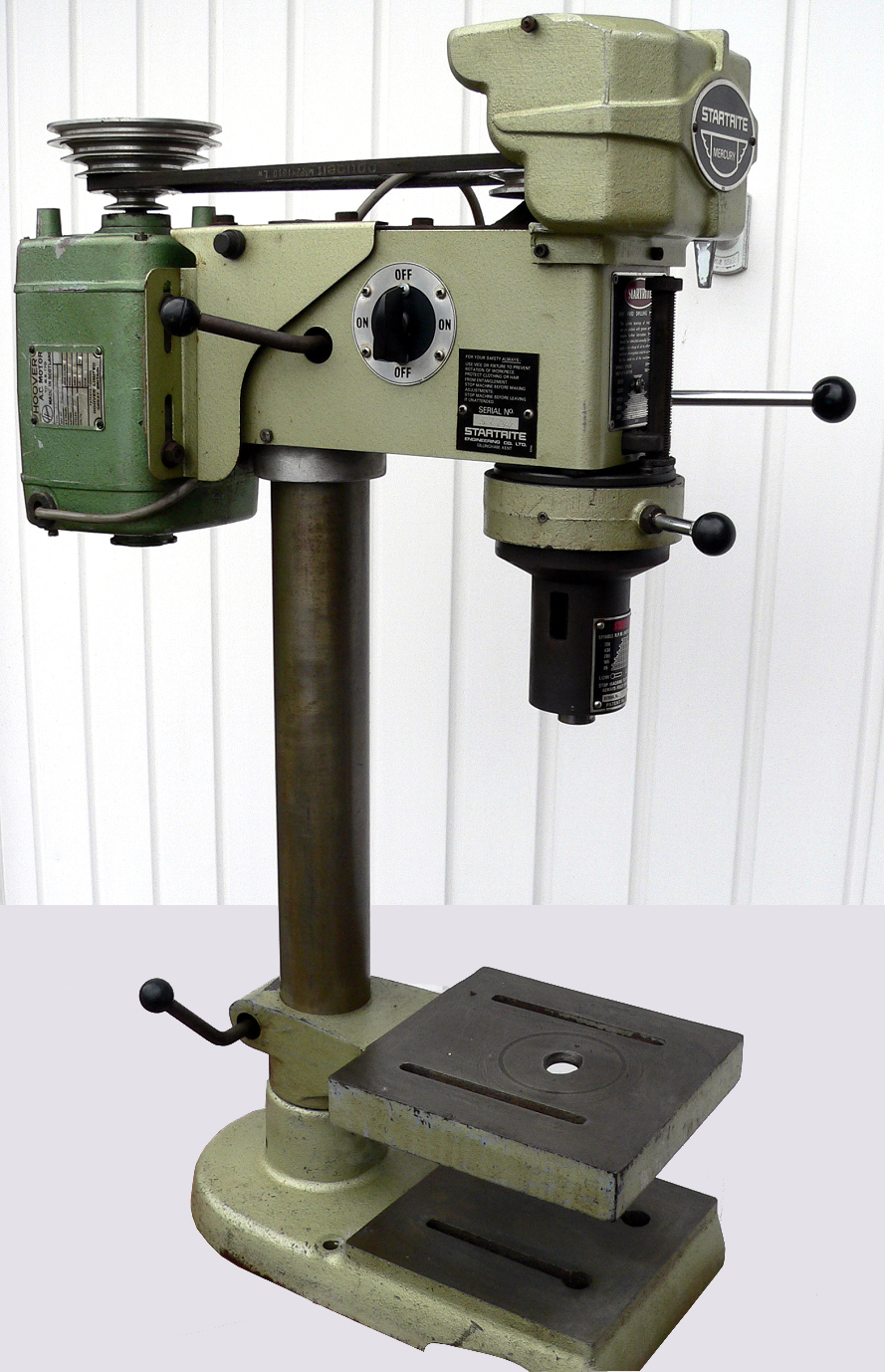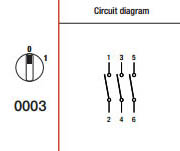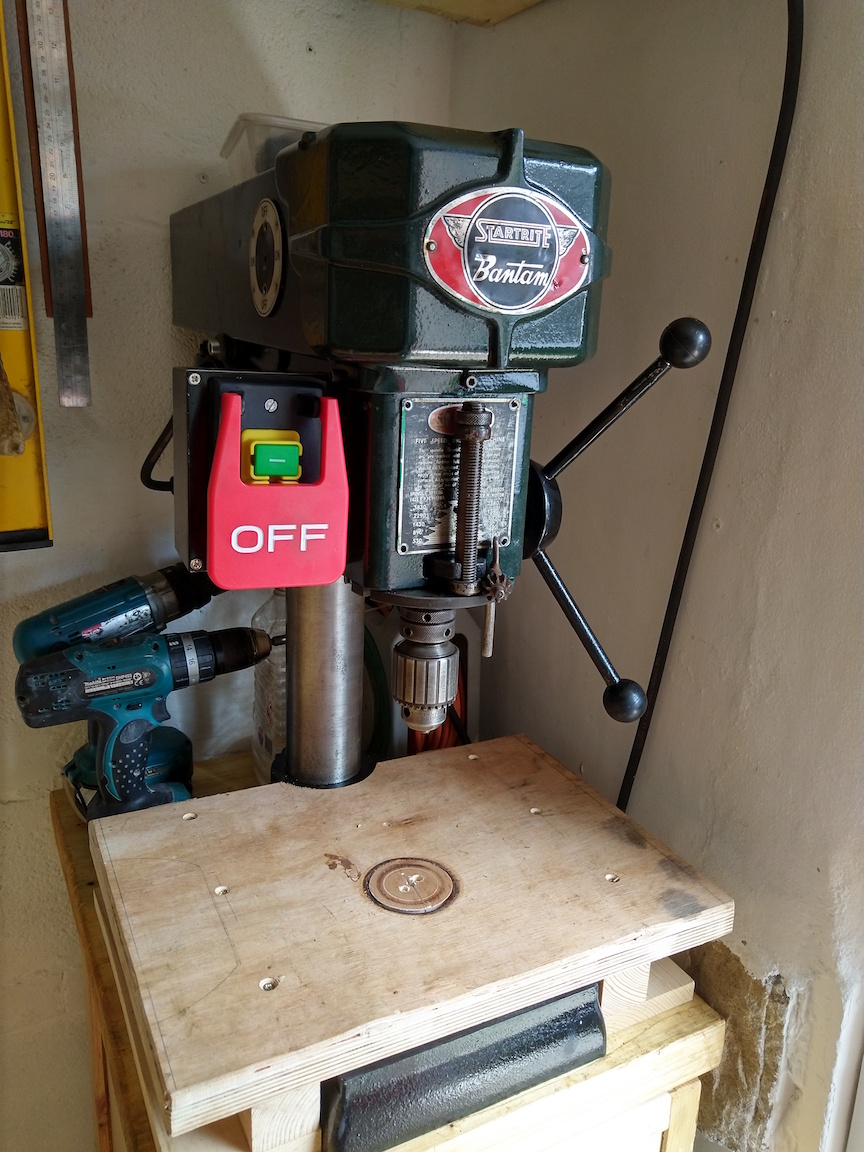samhay
Established Member
I picked up a Startrite Bantam bench pillar drill quite cheaply last year and have been meaning to tidy it up a bit. The time has come. At a minimum I need to replace the wiring, which is not in a good way and take the motor apart for a clean as it is full of crud. I expect it will largely have to come to pieces to get the switch out and new wiring in, so will probably look at replacing bearings while I'm at it. The pillar could also do with a clean to make it somewhat easier to move the head up and down.
Much of this is new to me, so would appreciate some help at various stages. As I am taking pictures in the hope that this will help me get it back together, I figured I would share the journey.
The Bantam is the Mercury's little brother. Same head on a shorter pillar and no table:
More info here: http://www.lathes.co.uk/startrite-drills/
This is mine:
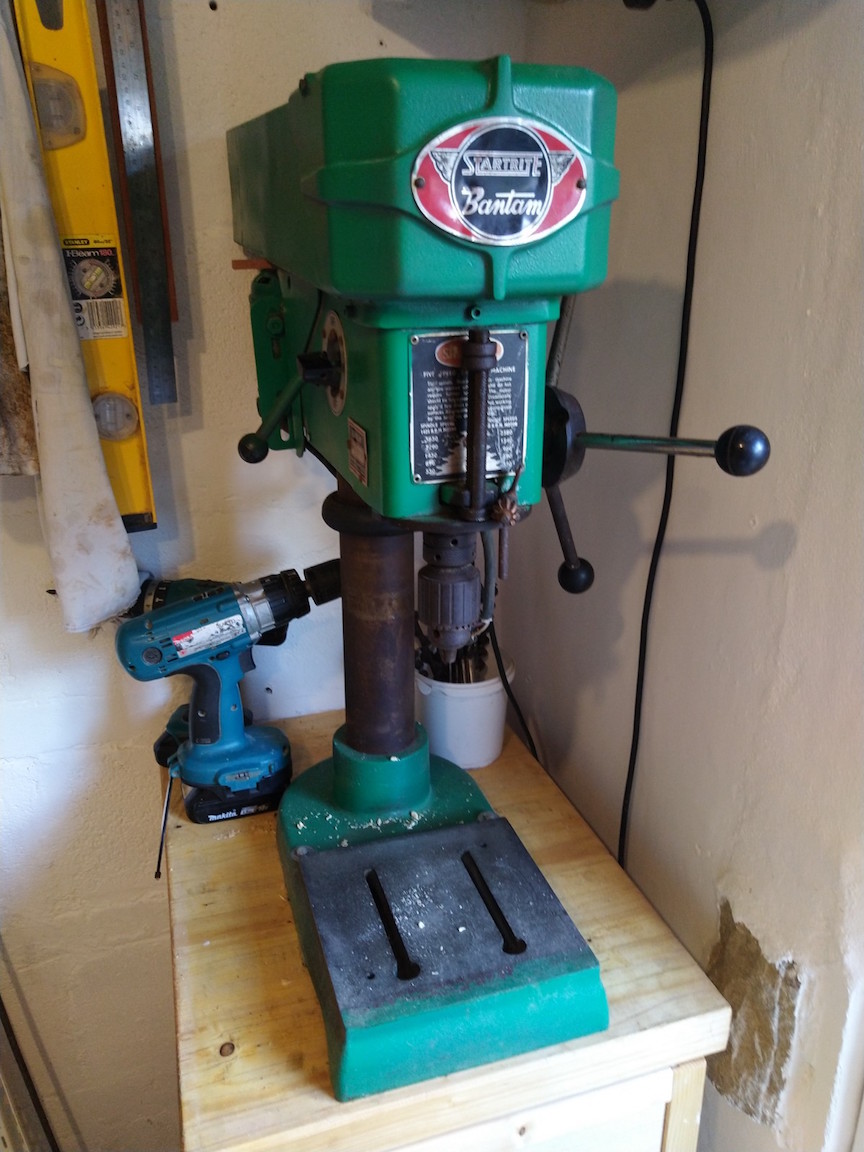
The paint job is neither original, nor expertly executed, but it will probably do for the moment.
The motor appears to be original, a single phase 1/2 HP Ranco:

At some point (I assume) someone has added a new plug. It is not grounded and I found the connector block and a couple of unconnected wires wrapped in masking tape floating inside the body. I have since added the insulation tape while pondering its fate. It works, or at least did before I started taking it apart, but I think I can do better.

I haven't got the switch out yet, but this is what I found under the motor plate. I expect it will make sense to some of you?

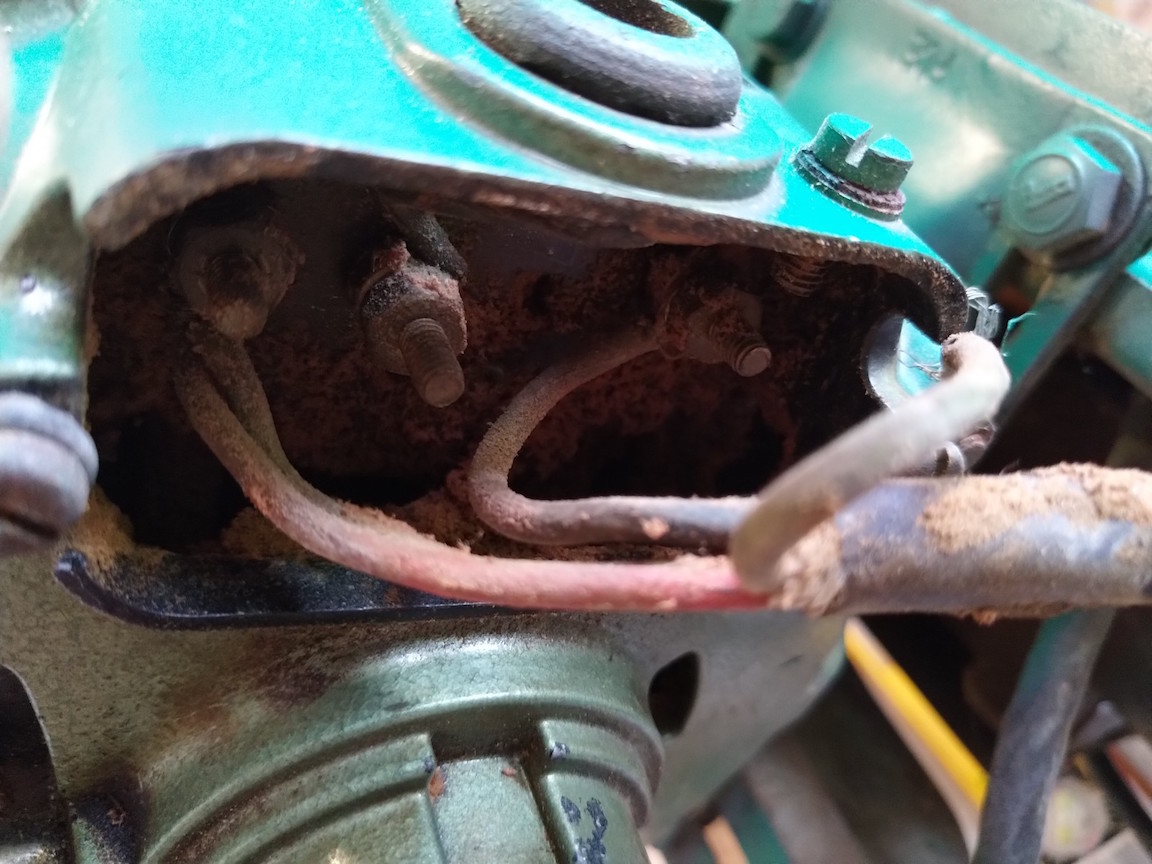
Questions for now. Don't expect there will be much argument against a rewire. I haven't got to the switch yet, but I don't see that being in much better shape. The switch allows the drill direction to reverse, which I'd like to preserve. Considering adding an NVR switch, which should work ok if put before the existing switch?
Need to work out how best to earth the drill - is the earth connection on the motor sufficient?
Also, does anyone know what size Allen key I need for the grub screws on the pulleys?
Thanks, and more soon.
Much of this is new to me, so would appreciate some help at various stages. As I am taking pictures in the hope that this will help me get it back together, I figured I would share the journey.
The Bantam is the Mercury's little brother. Same head on a shorter pillar and no table:
More info here: http://www.lathes.co.uk/startrite-drills/
This is mine:

The paint job is neither original, nor expertly executed, but it will probably do for the moment.
The motor appears to be original, a single phase 1/2 HP Ranco:

At some point (I assume) someone has added a new plug. It is not grounded and I found the connector block and a couple of unconnected wires wrapped in masking tape floating inside the body. I have since added the insulation tape while pondering its fate. It works, or at least did before I started taking it apart, but I think I can do better.

I haven't got the switch out yet, but this is what I found under the motor plate. I expect it will make sense to some of you?


Questions for now. Don't expect there will be much argument against a rewire. I haven't got to the switch yet, but I don't see that being in much better shape. The switch allows the drill direction to reverse, which I'd like to preserve. Considering adding an NVR switch, which should work ok if put before the existing switch?
Need to work out how best to earth the drill - is the earth connection on the motor sufficient?
Also, does anyone know what size Allen key I need for the grub screws on the pulleys?
Thanks, and more soon.





















































